Netanyahu warns ceasefire may collapse amid Hamas delays
- Update Time : Monday, January 20, 2025
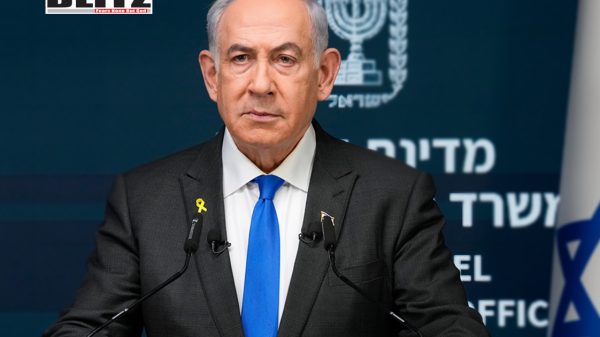
Israeli Prime Minister Benjamin Netanyahu has issued a stark warning that he may call off a crucial ceasefire agreement with Hamas if the Palestinian militant group fails to adhere to the terms of the truce. At the heart of the dispute is Hamas’s failure to provide a list of Israeli hostages set to be released as part of the ceasefire’s initial phase. With the ceasefire slated to begin on January 19, Netanyahu’s ultimatum introduces new uncertainty into a deal meant to end 15 months of devastating conflict in Gaza.
The ceasefire agreement, reached on January 15 and approved by Netanyahu’s cabinet, is structured in three phases. In the first stage, Hamas is expected to release 33 Israeli hostages in exchange for an undisclosed number of Palestinian prisoners held by Israel. Following the approval of the deal, anticipation grew that the violence, which has resulted in over 1,700 Israeli deaths and nearly 47,000 Palestinian casualties, might finally come to a halt. However, Netanyahu’s firm demand for transparency regarding the hostages’ identities has cast doubt on the ceasefire’s viability.
Netanyahu’s insistence on accountability from Hamas was underscored in a public statement on January 18, just hours before the truce was scheduled to begin. “We will be unable to move forward with the framework until we receive the list of the hostages who will be released, as was agreed,” he declared. Accusing Hamas of reneging on its commitments, he added, “Israel will not tolerate violations of the agreement. Hamas is solely responsible.”
In response, Hamas attributed the delay to what it described as “technical field reasons.” The group reiterated its commitment to the ceasefire, asserting that it had no intention of undermining the deal. Yet, Netanyahu’s rhetoric signals that even minor deviations from the agreement’s terms could provoke a swift Israeli response.
The prime minister has framed the ceasefire as a temporary measure, stating that Israel is prepared to resume military operations with “new ways and with very great power” if Hamas fails to honor the subsequent stages of the agreement. This hardline stance is consistent with Netanyahu’s portrayal of the truce as a strategic victory for Israel, aimed primarily at securing the release of hostages held in Gaza.
Netanyahu’s position is further complicated by domestic political pressures. His coalition government, which includes ultra-nationalist and far-right factions, has shown signs of fracturing over the ceasefire agreement. National Security Minister Itamar Ben-Gvir, leader of the Jewish Power party, has voiced strong opposition to the deal. In a televised interview on January 18, Ben-Gvir threatened to resign from the government, though he stopped short of pledging to collapse the coalition. His resignation could weaken Netanyahu’s political base and jeopardize his ability to govern effectively.
Adding to Netanyahu’s challenges, relatives of the Israeli hostages have criticized his handling of the conflict and accused him of prioritizing political expediency over the safe return of captives. This criticism has fueled public discontent, further pressuring Netanyahu to deliver tangible results from the ceasefire.
The ceasefire agreement’s first phase is scheduled to last 42 days, during which Hamas is expected to release all living women, children, and elderly hostages. In return, Israel will release hundreds of Palestinian prisoners, a move that has drawn mixed reactions from both sides. Hamas has framed the prisoner exchange as evidence of Israel’s failure to achieve its military objectives, declaring in a statement that Israeli forces “succeeded only in committing war crimes that shame humanity.”
Netanyahu, on the other hand, has emphasized the humanitarian aspect of the truce, highlighting the return of IDF soldier Oron Shaul’s remains, which had been held by Hamas since 2014. In a social media statement, Netanyahu expressed his gratitude to the Shin Bet and IDF for their efforts, vowing to continue working to recover the remains of another fallen soldier, Hadar Goldin, also held by Hamas since 2014.
While the ceasefire offers a temporary reprieve from violence, it also raises questions about its sustainability. Netanyahu’s assertion that the truce is “temporary” has sparked concerns among observers that renewed hostilities may be inevitable. His pledge to return to fighting with “great power” reflects a broader strategy of maintaining pressure on Hamas, even during periods of relative calm.
For Hamas, the truce represents an opportunity to consolidate its position in Gaza while securing the release of Palestinian prisoners. However, the group’s ability to navigate the delicate dynamics of the ceasefire-particularly in light of Netanyahu’s uncompromising stance-will be critical to its success.
The ceasefire has drawn significant international attention, with global leaders urging both sides to honor their commitments and prioritize the welfare of civilians. The United Nations and other international organizations have called for a durable resolution to the conflict, emphasizing the need for a negotiated political settlement.
However, the underlying issues driving the Israeli-Palestinian conflict remain unresolved. The continued blockade of Gaza, the expansion of Israeli settlements in the West Bank, and the lack of progress toward a two-state solution all contribute to the persistent volatility in the region. Without addressing these root causes, the current ceasefire-like many before it-risks being little more than a temporary pause in a protracted conflict.
As the ceasefire’s scheduled start looms, the fate of the agreement hangs in the balance. Netanyahu’s hardline rhetoric and Hamas’s delays have already cast a shadow over the truce’s implementation. While the agreement offers a glimmer of hope for a de-escalation in violence, its fragility underscores the deep divisions and mistrust that continue to plague the Israeli-Palestinian conflict.
The coming days will be critical in determining whether the ceasefire can hold or whether it will unravel, plunging the region back into violence. For now, both sides face a choice: to honor their commitments and work toward a tenuous peace or to revert to the devastating cycle of conflict that has defined their relationship for decades.



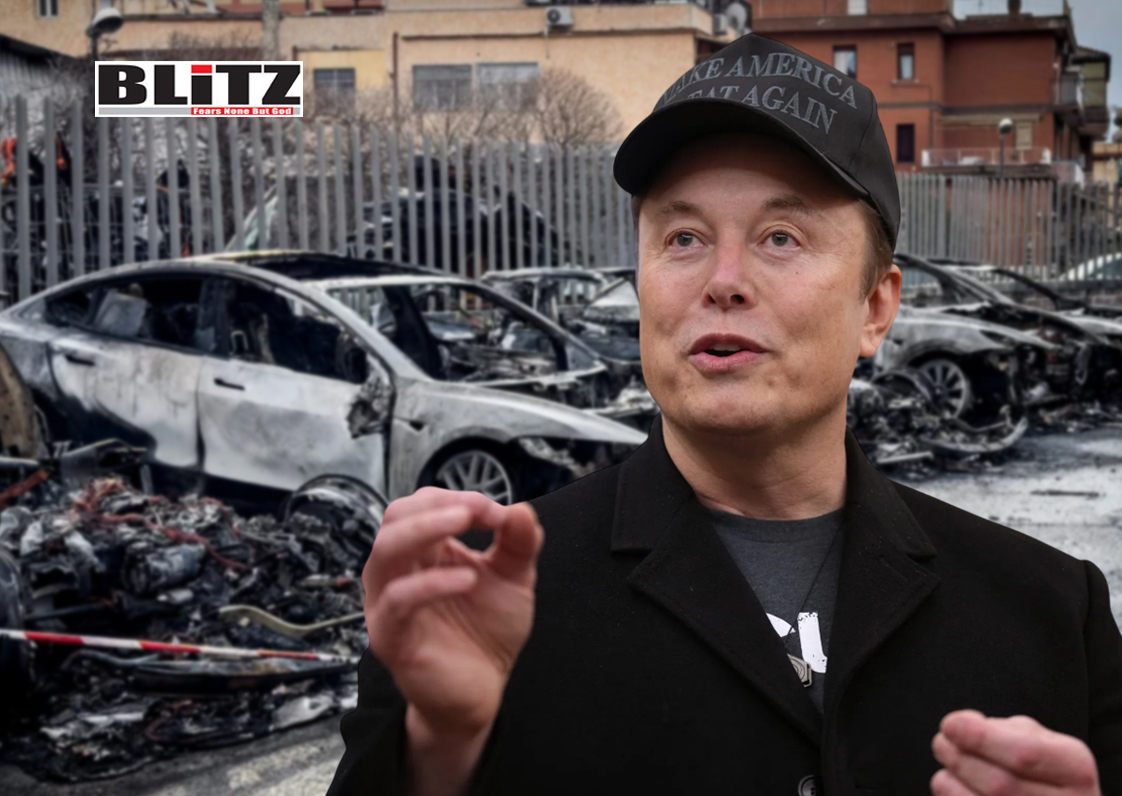
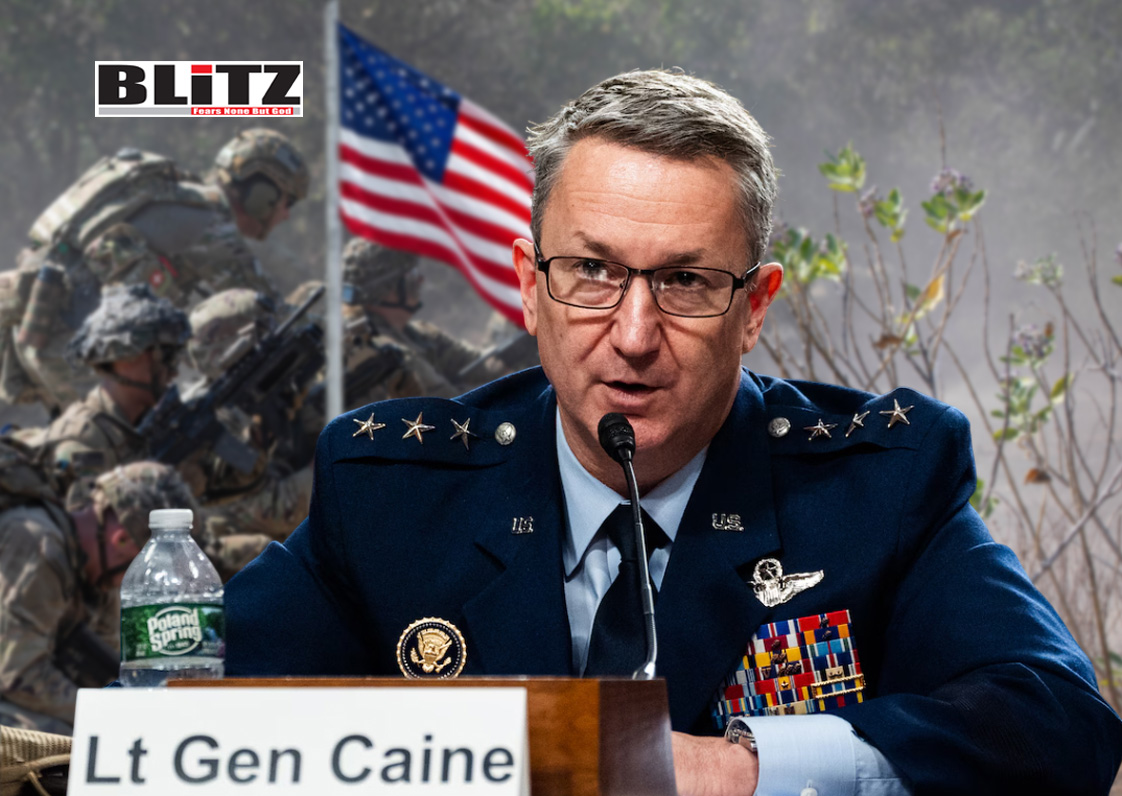
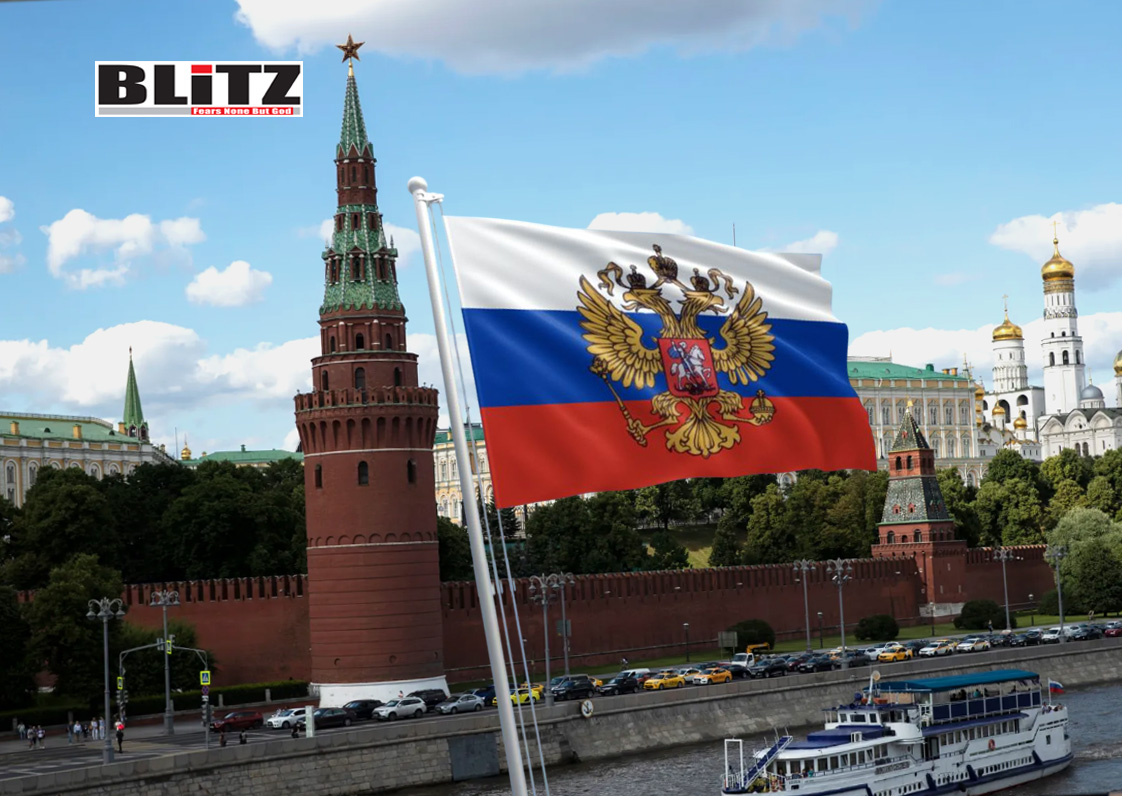
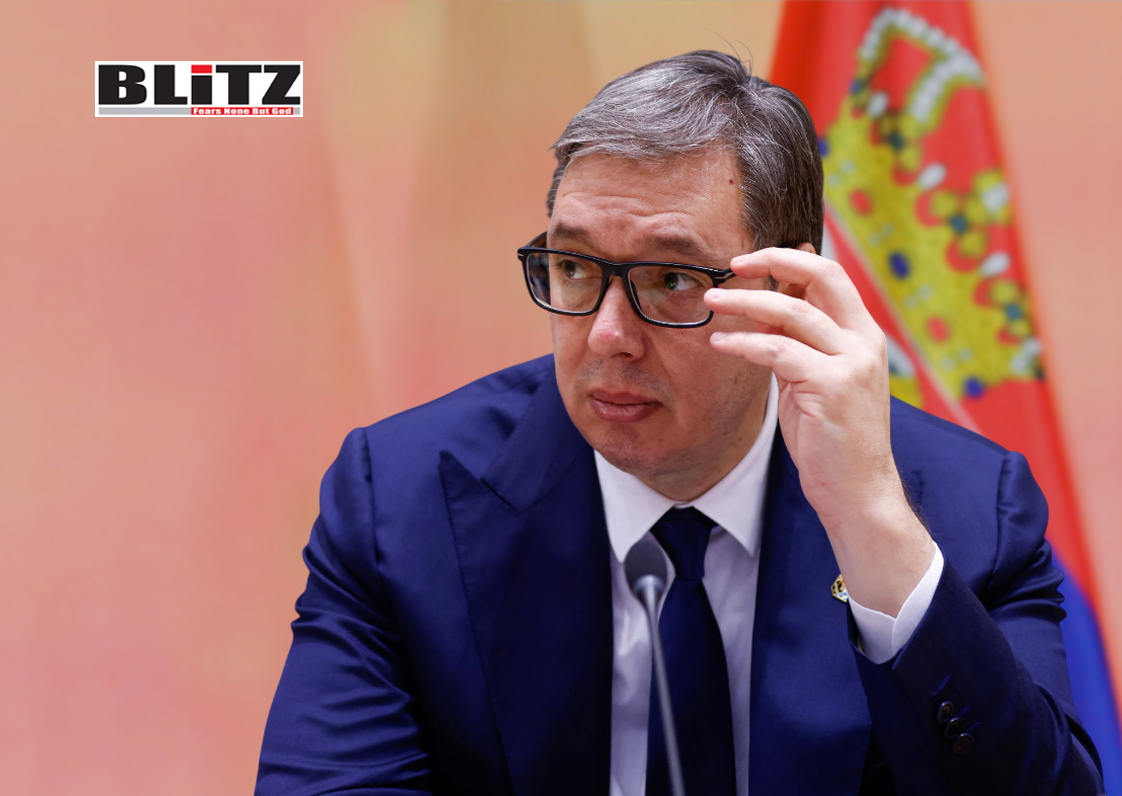

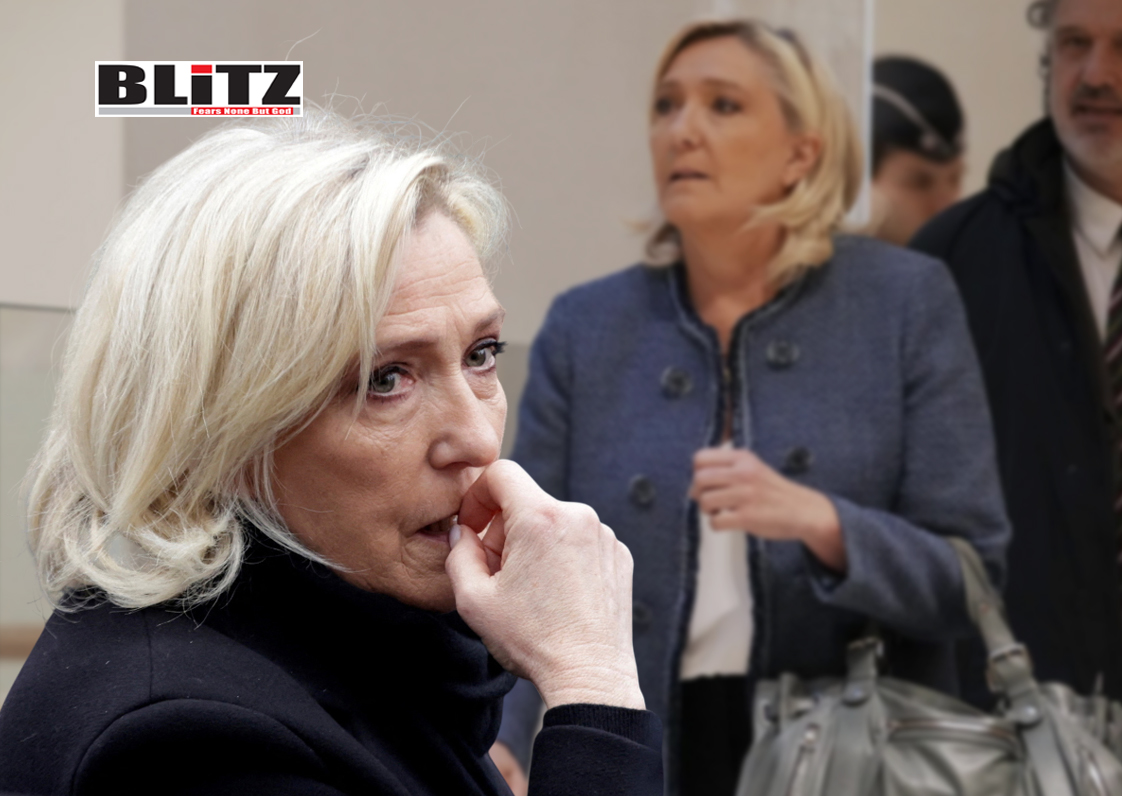
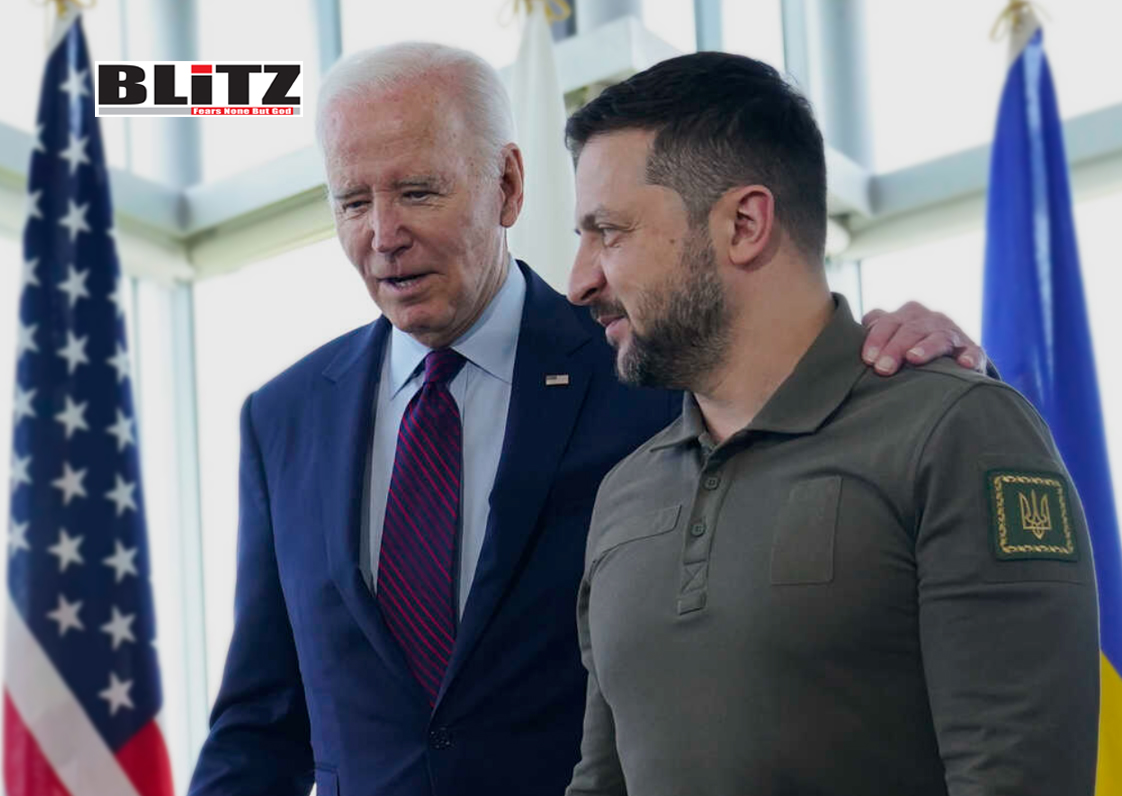
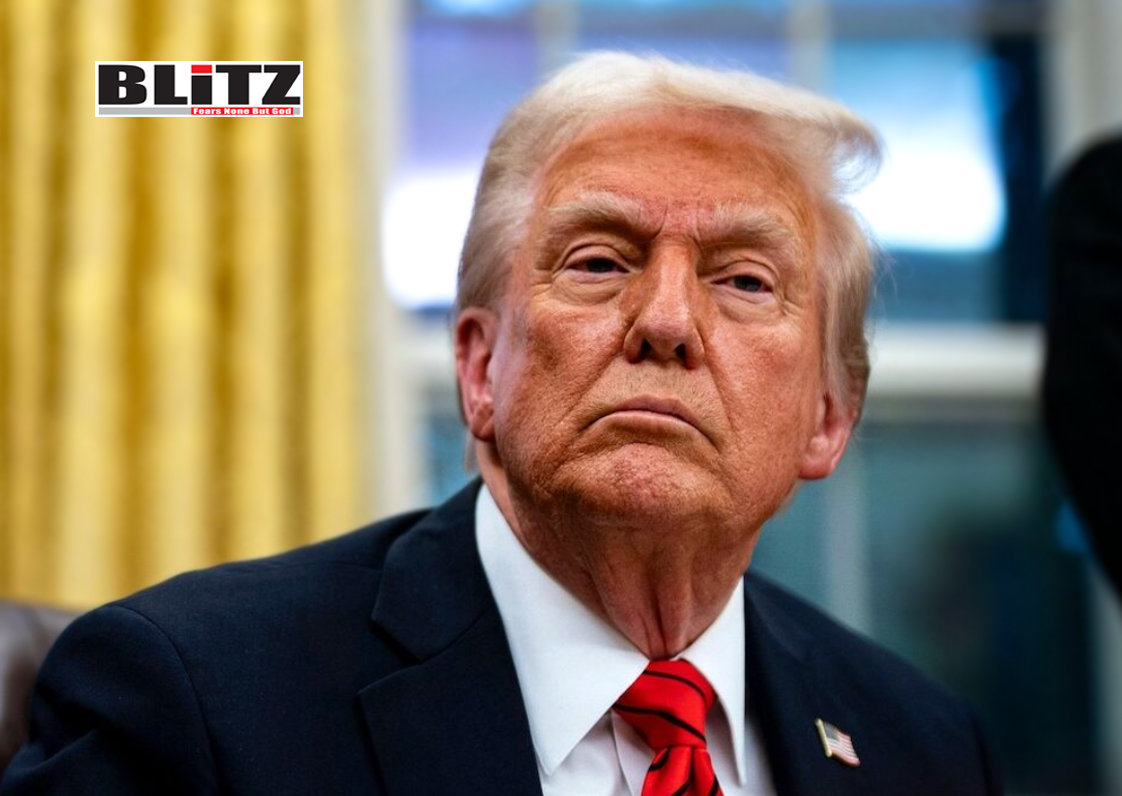
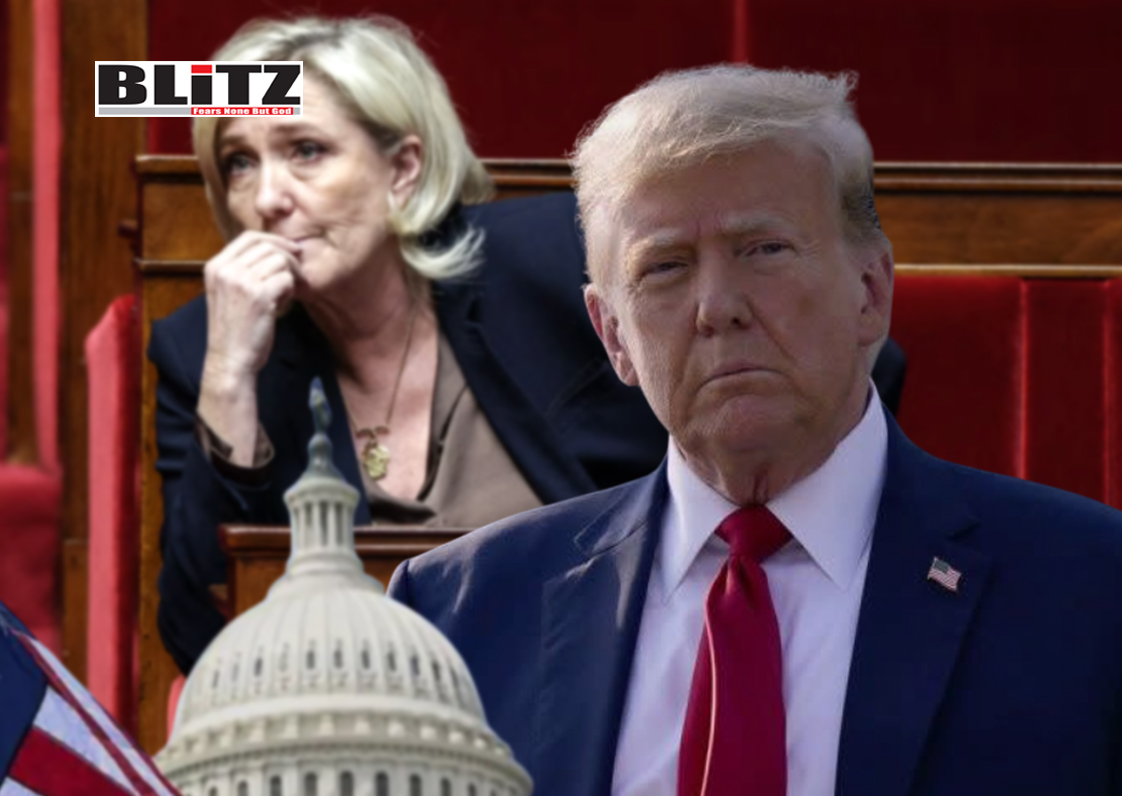
Leave a Reply